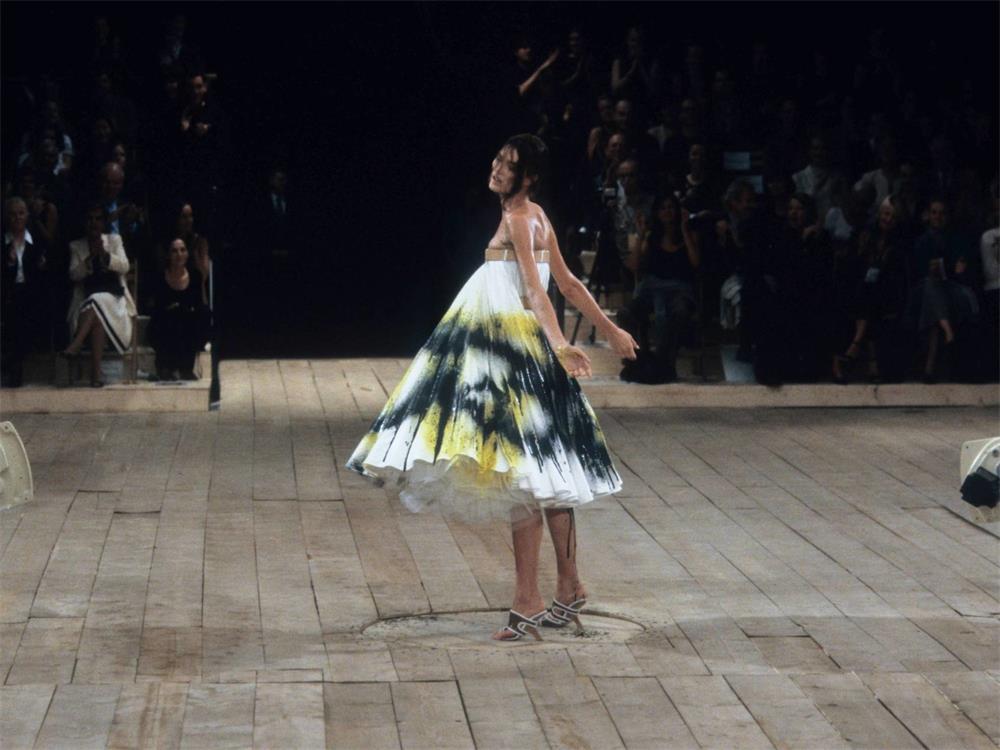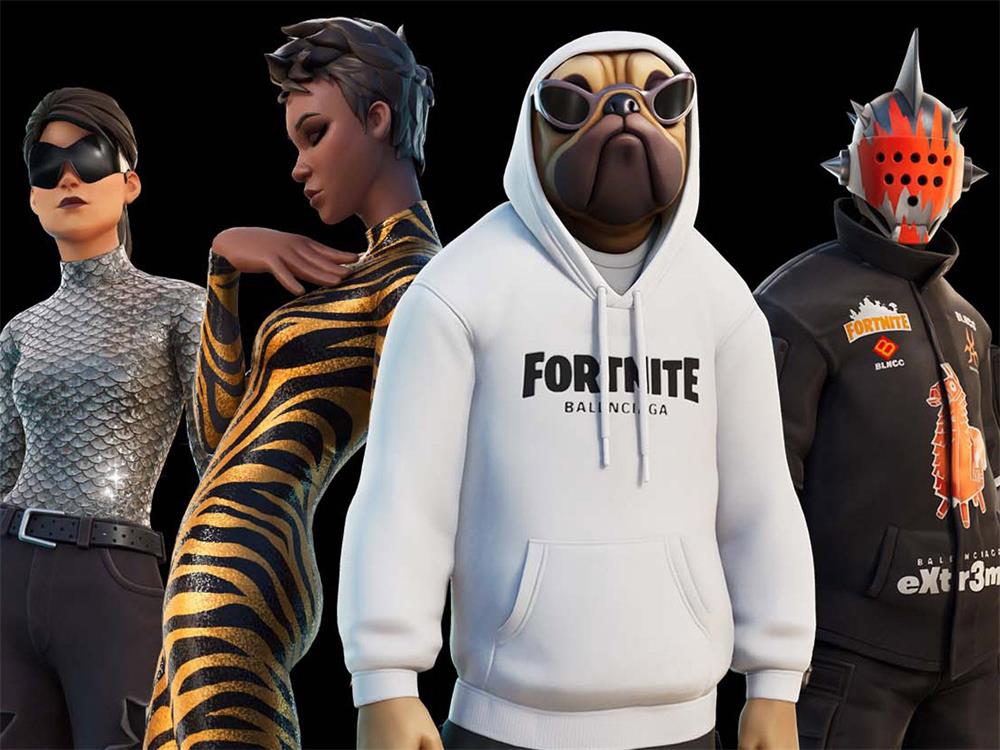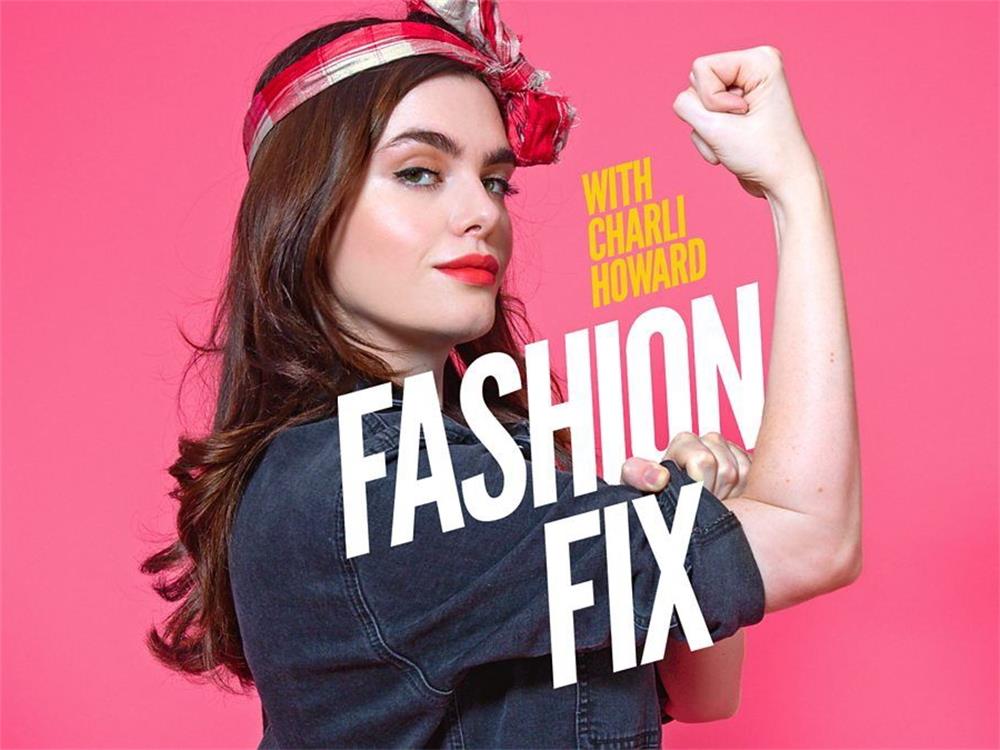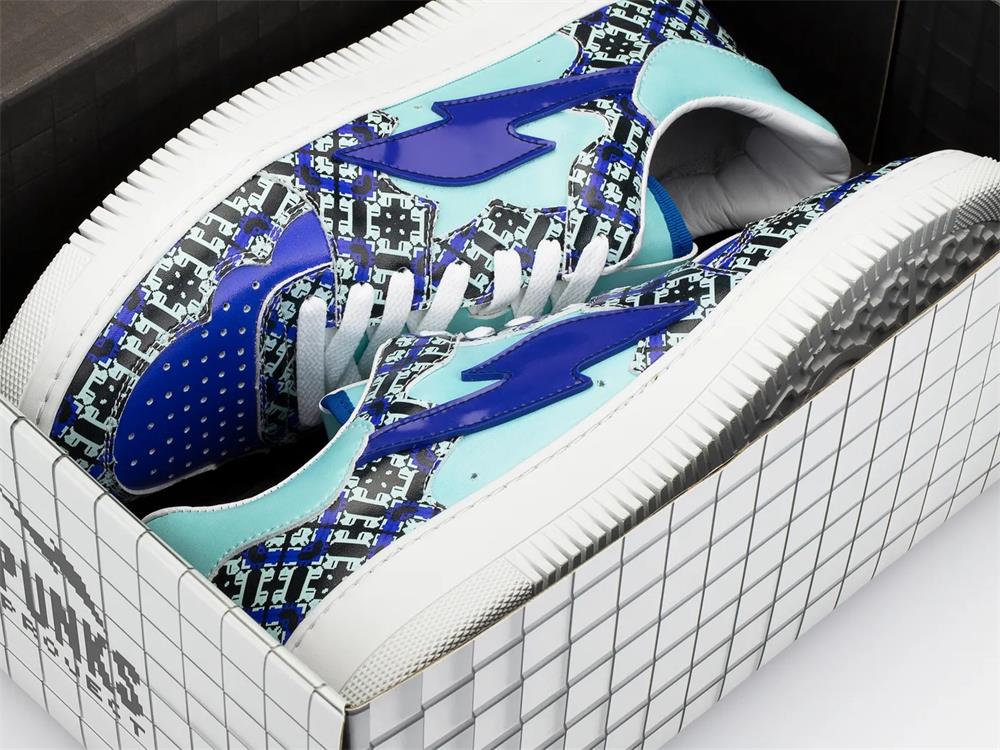Contents
The fashion industry is undergoing a radical transformation as new technologies, social media platforms and consumer preferences challenge the established players and create new opportunities for innovators. In this article, we will explore some of the key trends and disruptors that are reshaping the fashion landscape in 2022 and beyond.
The Rise of Challenger Brands
One of the most visible signs of disruption in the fashion industry is the emergence of challenger brands that offer novel products, services or experiences to consumers who are looking for something different from the mainstream. These brands are often driven by a strong vision, mission or purpose that resonates with their target audience and sets them apart from the competition. They also leverage digital channels, especially social media, to build a loyal fan base and generate buzz around their offerings.
Some examples of challenger brands that are disrupting the fashion industry in 2022 are:
- Reformation: A sustainable clothing brand that uses eco-friendly materials, ethical practices and transparent supply chains to create stylish and affordable garments for women. Reformation has 1.1 million Instagram followers and makes 80% of its sales online.
- I.AM.GIA: A streetwear brand that has created a fictional Instagram “it-girl” persona called Gia, who models the brand’s edgy and trendy outfits. I.AM.GIA has more than 600,000 Instagram followers and a strong celebrity following, including Bella Hadid, Kaia Gerber and Kendall Jenner.
- Everlane: A minimalist clothing brand that offers high-quality basics at reasonable prices and promotes radical transparency about its production costs, margins and factories. Everlane has 1.4 million Instagram followers and boasts high levels of customer engagement and loyalty.
- Supreme: A cult streetwear brand that releases limited-edition collections of clothing, accessories and collaborations with other brands or artists every week. Supreme has 19.5 million Instagram followers and generates huge demand and hype for its products, which often sell out within minutes.
These challenger brands pose a threat to the incumbent fashion players, who may struggle to keep up with their speed, agility and innovation. They also challenge the traditional notions of fashion authority, exclusivity and luxury, as they democratize access to style and influence.
The Shift to Digital-Only Fashion
Another trend that is disrupting the fashion industry is the shift to digital-only fashion, which refers to garments or accessories that exist only in the virtual realm and can be worn on digital platforms such as social media, gaming or metaverse environments. Digital-only fashion offers several benefits to both consumers and producers, such as:
- Creativity: Digital-only fashion allows consumers to express themselves in new and imaginative ways, without being constrained by physical limitations or social norms. They can experiment with different styles, colors, shapes and sizes, and even create their own designs.
- Sustainability: Digital-only fashion reduces the environmental impact of the fashion industry, as it eliminates the need for material resources, transportation, packaging and waste. It also encourages consumers to adopt a more conscious and mindful approach to fashion consumption, as they can reuse or recycle their digital items without generating any waste.
- Accessibility: Digital-only fashion makes fashion more accessible and affordable to a wider range of consumers, especially those who may not have access to physical stores or products due to geographic, economic or social barriers. It also enables consumers to access exclusive or rare items that may otherwise be out of reach.
- Exclusivity: Digital-only fashion creates a new form of exclusivity and luxury in the digital space, as it allows consumers to own unique or limited-edition items that can enhance their social status or identity online. It also creates new opportunities for personalization and customization of digital items.
Some examples of digital-only fashion that are disrupting the fashion industry in 2022 are:
- The Fabricant: A digital fashion house that creates hyper-realistic 3D garments that can be worn on digital avatars or models. The Fabricant has collaborated with brands such as Tommy Hilfiger, Puma and Adidas to create digital collections that can be purchased or rented online.
- DressX: A digital fashion platform that allows consumers to buy or rent digital garments from various designers and brands, and try them on using augmented reality technology. DressX has over 1000 digital items in its inventory, ranging from casual wear to couture pieces.
- Gucci: A luxury brand that has ventured into the digital-only fashion space by creating digital items for gaming and metaverse platforms, such as Roblox, Fortnite and Genies. Gucci has also launched its own virtual sneaker app, where consumers can design, buy and wear digital sneakers on their feet or on their avatars⁴.
Digital-only fashion is expected to grow rapidly in the coming years, as more consumers embrace the digital lifestyle and seek new ways to express themselves online. According to a report by Fashion Innovation Agency and The Dematerialised, the global market for digital-only fashion could reach $1.5 billion by 2025.
The Impact of Artificial Intelligence
A third trend that is disrupting the fashion industry is the impact of artificial intelligence (AI), which refers to the use of computer systems or algorithms that can perform tasks that normally require human intelligence, such as learning, reasoning, decision making and creativity. AI has the potential to transform various aspects of the fashion industry, such as:
- Design: AI can assist or replace human designers in creating new fashion products, by analyzing data, trends, preferences and feedback, and generating original or customized designs. For example, Stitch Fix, an online personal styling service, uses AI to create personalized recommendations and outfits for its customers based on their profiles, preferences and feedback.
- Production: AI can optimize or automate the production process of fashion products, by improving efficiency, quality, speed and sustainability. For example, Zalando, a leading online fashion platform in Europe, uses AI to optimize its inventory management, logistics and fulfillment operations.
- Marketing: AI can enhance or personalize the marketing and communication of fashion products, by creating engaging content, targeting relevant audiences and measuring effectiveness. For example, H&M, a fast-fashion retailer, uses AI to create personalized email campaigns for its customers based on their browsing and purchase history.
- Sales: AI can improve or facilitate the sales process of fashion products, by providing customer service, guidance and support. For example, ASOS, an online fashion retailer, uses AI to power its virtual assistant chatbot, which can answer customer queries, provide styling advice and offer product recommendations.
AI is expected to have a significant impact on the fashion industry in the future, as it can enable new levels of innovation, efficiency and personalization. According to a report by McKinsey and Business of Fashion, AI could generate up to $2.9 trillion in value for the fashion industry by 2030.
Conclusion
The fashion industry is facing unprecedented disruption in 2022 and beyond, as new technologies, social media platforms and consumer preferences challenge the established players and create new opportunities for innovators. The key trends and disruptors that are reshaping the fashion landscape are:
- The rise of challenger brands that offer novel products, services or experiences to consumers who are looking for something different from the mainstream.
- The shift to digital-only fashion exists only in the virtual realm and can be worn on digital platforms such as social media, gaming or metaverse environments.
- The impact of artificial intelligence is that can perform tasks that normally require human intelligence, such as learning, reasoning, decision making and creativity.
These trends and disruptors are not only changing the way fashion products are designed, produced, marketed and sold, but also the way consumers perceive, consume and interact with fashion. The fashion industry will need to adapt and innovate to survive and thrive in this dynamic and competitive environment.











